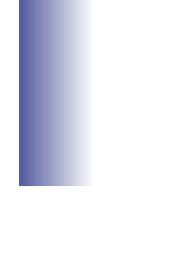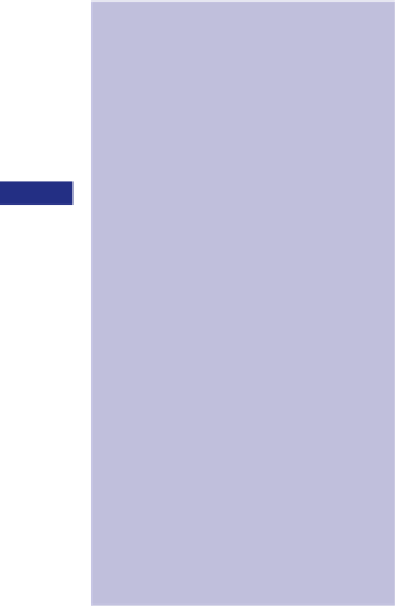Geoscience Reference
In-Depth Information
If you don't fi nd other examples, take a photograph and make
some notes so that you can show it to other geologists and/or
compare it with other examples in the literature, but don't
waste a lot of time on it.
Here are some suggestions for observing, describing and
identifying sedimentary structures.
1. Examine the structure if possible in plan view and in
cross-section, preferably in faces that cut through the
structure parallel and perpendicular to the current
direction. This is because different structures look similar
or even exactly the same if only one view is taken. The
three-dimensional morphology of sedimentary structures is
often complex, because sedimentary structures are the
result of the migration of three-dimensional bedforms, or of
animals and plants disrupting the sediment. Figure 6.3
shows some common examples of how sedimentary
structures look different depending on the orientation of
the rock face.
6
When recording and
describing sedimentary
structures try to view and
record them in all three
orthogonal faces if possible
in order to help in their
identifi cation.
2. Decide whether the structure is common in the succession
or unusual. If the latter, is it important or an oddity that is
not worth spending much time on?
3. Record the size (in all three dimensions where possible)
and any systematic variation or repetition, both laterally
and vertically.
4. If it is a large-scale structure that disrupts other beds and
changes its nature along strike, record these details using
photographs and/or sketches (see fi rst part of Worked
Example 6.3).
5. Record where the sedimentary structure is located
within the bed. Is it at the base or top of the unit or in
the middle?
6. If you cannot identify the structure, sketch and/or take
photographs of it. Label the sketch with notes on the
geometries and ensure that you have notes on whether this
is a cross-section or plan view, and that you can relate
different views of the structure.
7. Look for associations of sedimentary structures both
laterally and vertically. For instance fl ute casts and tool
marks are both formed through mass fl ow processes, and
are likely to be found in the same succession. In addition,
if you fi nd fl ute marks look for other evidence of mass fl ow
deposits, such as the pattern of sedimentary structures
typical of a Bouma Sequence. In some cases sedimentary
structures can subtly change through the succession from
one form to another. For instance in coastal successions,
HCS is likely to change to SCS as the succession records








